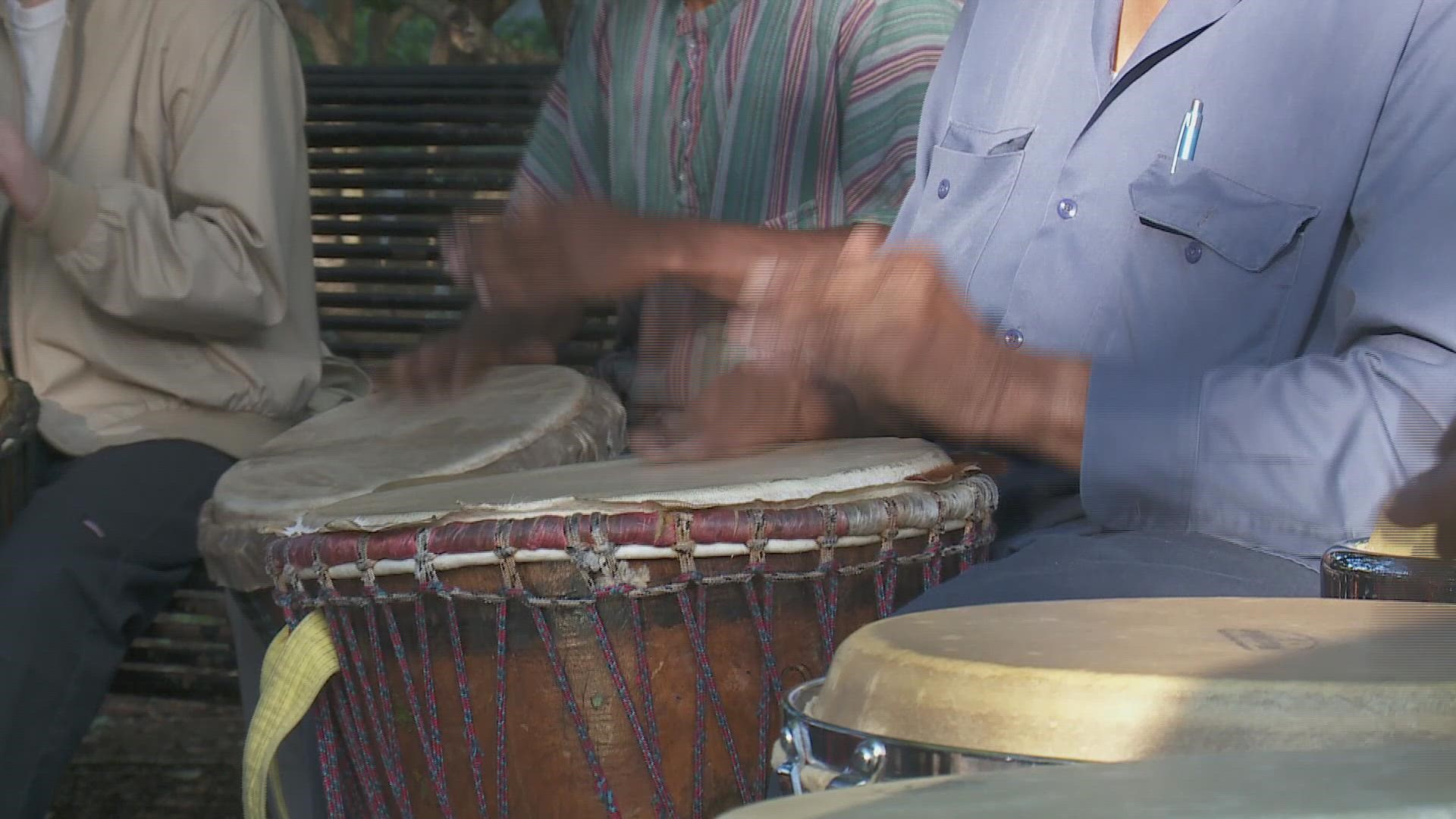NEW ORLEANS — In our series Tremé : Death of a neighborhood, survival of a culture, we look back at how federal and local policy transformed America’s oldest black community into one that is barely recognizable to those who were born and raised on the streets that gave us America’s original art form. From urban renewal to the building of the Claiborne overpass, block by block the community became barely recognizable to those who remembered towering oak trees, jazz clubs, or as the owner of the Tremé petite museum Alvin Jackson says, the “raison d'être.” To many, the blocks within Tremé are sacred ground, grounds community activists have fought to maintain for decades.
When New Orleans Mayor Latoya Cantrell proposed moving City Hall to the old Municipal Auditorium in Tremé residents saw yet another threat to the dwindling community. More specifically to Congo Square, which without a doubt is sacred ground. Enslaved Africans and free people of color were allowed to gather on Sunday. Beating drums, singing, and dancing was a way to stay connected to the homeland. Some would even sell goods on the square.
Recently, the New Orleans City Council restricted plans to convert the old Municipal Auditorium into City Hall or building any new headquarters in any public park.
Generations of music and musical families can trace themselves back to the grounds of Congo Square (once known as Place Publique). One famous musical family is the Marsalis family. Charisse Gibson visited the space with trombonist, composer, and producer Delfeayo Marsalis who during the pandemic started the inaugural Jazz at Congo Square. It was a way to promote and maintain the significance of Congo Square. What Marsalis didn’t know was the festival would come at a time when Treme’ would find itself in yet another battle.

